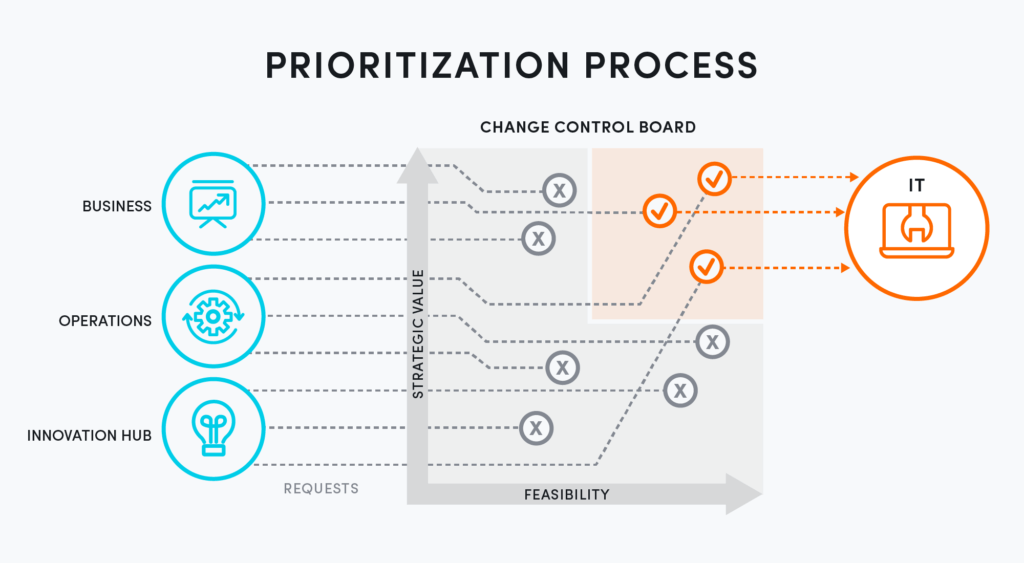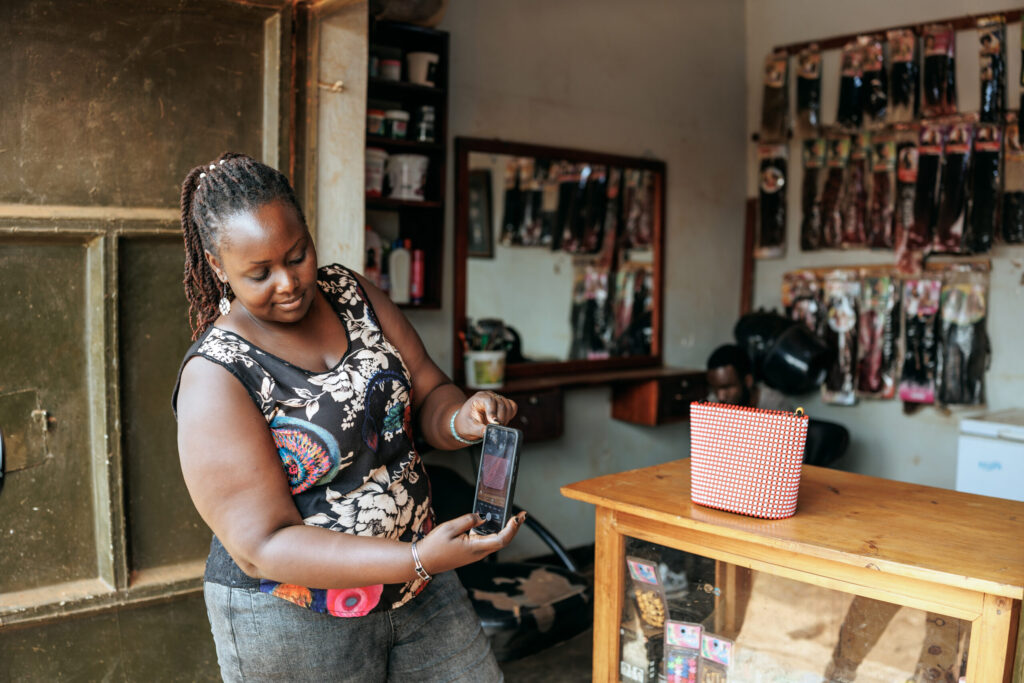
This article is the fifth of a six-part series on scaling financial inclusion to accompany our digital transformation guide.
In the wake of the pandemic, technology maturity is more crucial than ever. However, financial service providers (FSPs) have traditionally struggled to build flexible, agile, and adaptable core IT and data management systems. The need to improve in this area is a challenge, but a necessary one to overcome when the ability to evolve and refine business models is increasingly a defining factor in the digital age.
What makes digital transformation so challenging is balancing the necessary planning required to transform with the agility needed to innovate quickly — often conflicting concepts. Technology decisions made today will impact what’s possible tomorrow, so organizations need to design for the future while understanding the constraints they face today, including legacy systems and budget limitations. Through a first-of-its-kind partnership with the Mastercard Center for Inclusive Growth, we uncovered three key design principles for building future state architecture.
1. Balance vision and improvisation
Balancing infrastructure planning (vision) with agility (flexibility to improvise) often requires a phased approach that enables an organization to make long-term strategic investments in technology infrastructure while maintaining the ability to get products to market quickly. At the onset of BancoSol’s digital transformation journey, senior leadership articulated ambitious digital adoption targets and an implementation plan to execute the bank’s five-year digital strategy. While daunting, the team recognized the importance of starting somewhere and designed their first digital minimum viable product while planning to roll out additional functionality in line with the broader technology roadmap.
The decision to build in-house or outsource is also an important consideration when balancing vision and improvision. Sub-K, a banking correspondent in India, initially planned to develop their digital marketplace, SARTHI, in-house. However, after realizing that it would not be worthwhile to develop all of the capabilities needed internally, especially for solutions that were already commoditized in India, Sub-K decided to partner with several vendors to build a flexible platform that showcased their core value-add — a unique methodology and agility to add new products and partners to the platform.
Finally, a strong and coherent technology team is critical to delivering on the vision and maintaining focus. Here, Sub-K established a “change control board” tasked with prioritizing change requests and governing approvals. This approach helps IT manage their workload by prioritizing requests based on feasibility and strategic importance and continually reevaluating the current backlog.

2. Think strategically about APIs to modernize legacy systems
Open banking has created opportunities for FSPs to benefit from partnering with third parties and using APIs. APIs allow FSPs to access, interact, and engage with third-party data and functions, and can also be an effective tool to modernize legacy systems in a low-cost and efficient way.
After finding the right partner to help develop their new digital loan product, Nigeria’s Accion Microfinance Bank (Accion MfB) conducted an API inventory to determine the feasibility of building the APIs needed to connect with their partner’s systems. They examined each party’s data management capabilities, handoffs between the technology and operations teams, and whether the required integration points between the two systems existed. This process allowed the team to identify next steps and build new APIs to upgrade their existing systems.
3. As you go digital, ensure you are resilient
Digital transformation requires great reliance on the external and internal technological environment. As an FSP begins to digitize, the more vulnerable their systems are to failure or cyberattacks, and the more resilient internal architecture needs to be.
To build resiliency, it is important to have thorough and structured disaster recovery plans with remote sites, such as physical server rooms and on-cloud architecture, set up with appropriate failover, and switch back parameters in place. Cloud technologies can improve technology resilience through greater regional autonomy, data backups, and automated insights for decision-making. Though financial regulators often perceive using cloud architecture to safeguard customers’ personal and financial information as risky, FSPs can and should explore using the cloud given the low cost and benefits it offers.
With cyber threats and attacks more prevalent than ever, effective mitigation against cyber risks is critical. This requires layers of governance, accountability, policies, and procedures, all while creating and adhering to new data protection norms and guidelines. With this in mind, we worked with Accion MfB, Sub-K, and BancoSol to recommend the necessary systems for greater resilience.
Strengthening an organization’s underlying technology platforms — through planning, prioritizing, and partnerships — can help teams achieve their digital aspirations while staying at the forefront of cutting-edge innovation.
Please reach out if you’d like to partner with us to future-proof your organization.
Malavika Krishnan contributed to this article.









